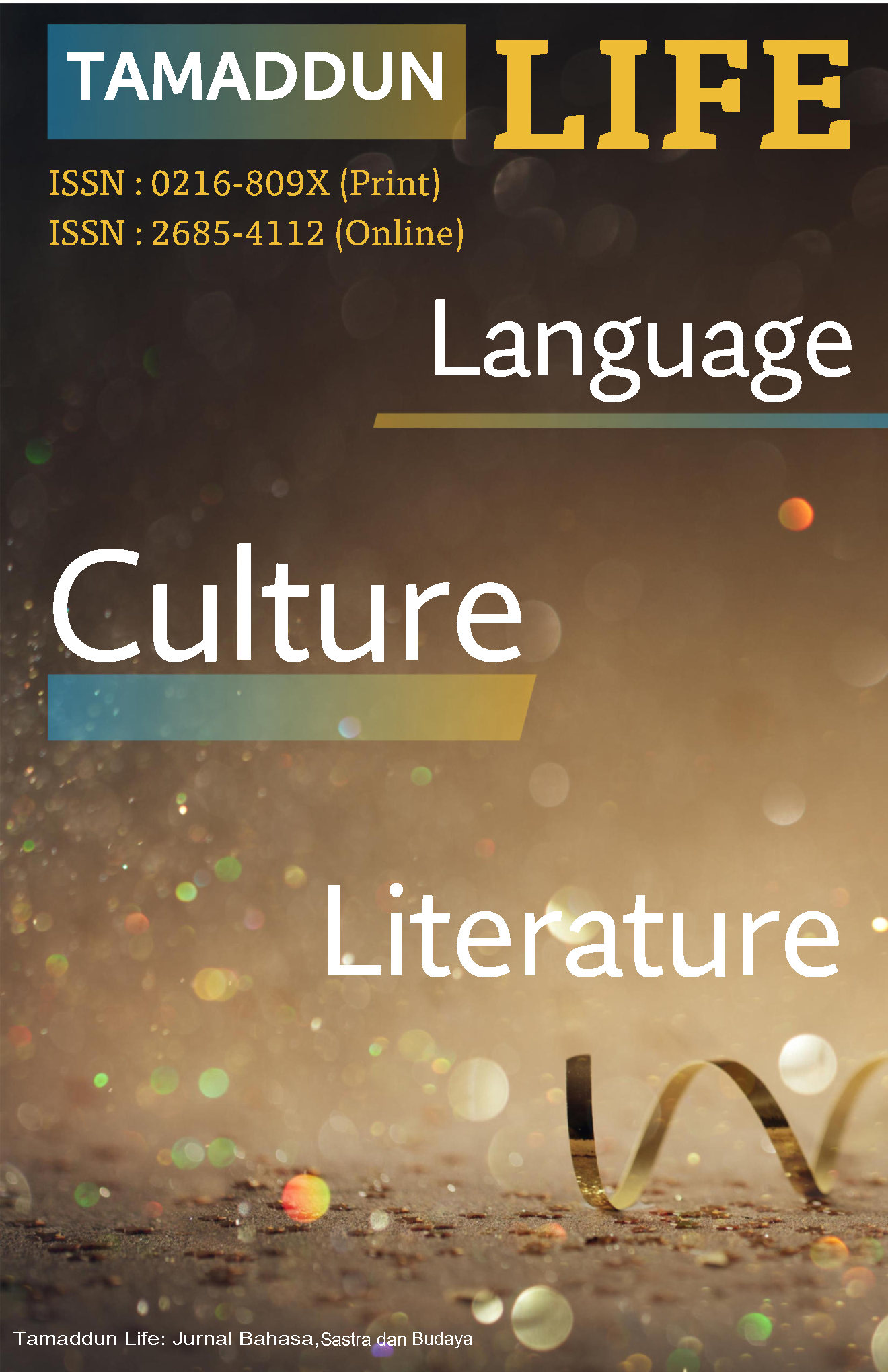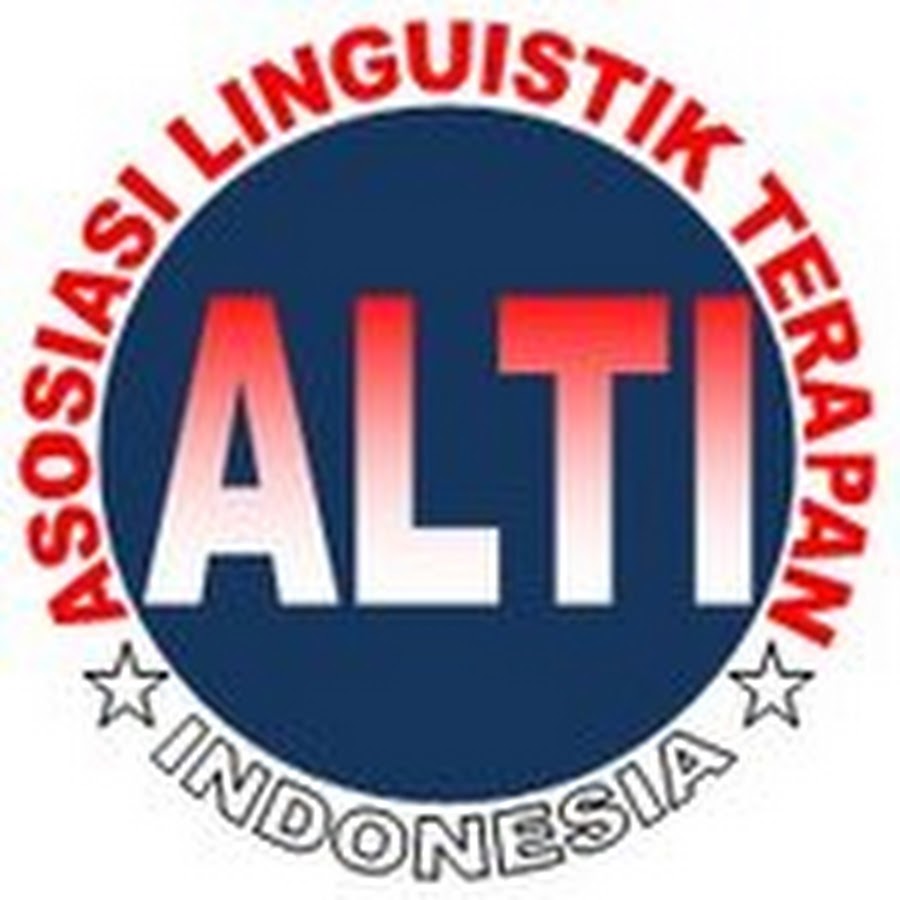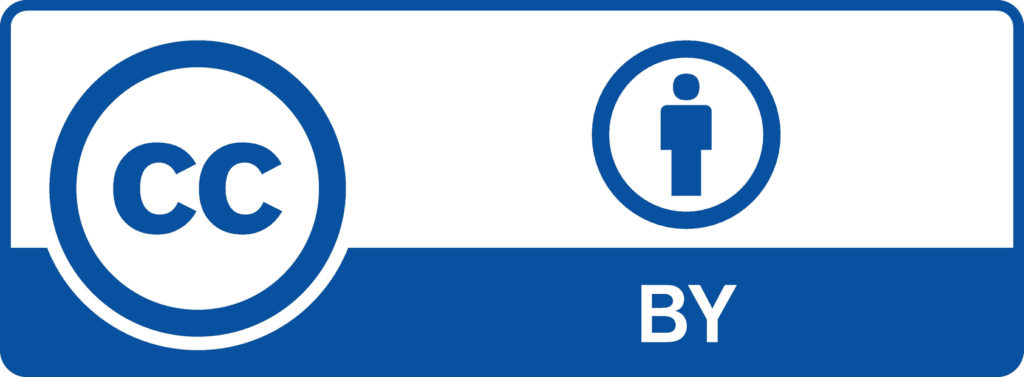Recognizing Students' Characteristics in Implementing Differentiated Learning at SMKN 10 Jeneponto
DOI:
https://doi.org/10.33096/tamaddun.v24i1.946Kata Kunci:
students’ characteristics, Kurikulum Merdeka, differentiated learningAbstrak
This research explores how English teachers at SMKN 10 Jeneponto identify student characteristics in the implementation of differentiated learning, which is aligned with the “Merdeka” curriculum. This research uses mixed methods that combine qualitative and quantitative research. In collecting data, the researchers conducted interviews, questionnaires, and documentation. Three English teachers participated as subjects in this research. The findings show that teachers use questionnaires administered by counseling teachers and follow-up interviews to detect students' learning styles, such as visual, auditory, or kinesthetic. From the results of the questionnaire analyzed by the researchers, it was found that 58.33% of students with visual learning style, 37.5% auditory, and 4.17% visual-auditory. After the questionnaire from the counseling teacher, the subject teachers also conducted follow-up interviews to find out more about students' learning styles and abilities. In identifying students' abilities, teachers also rely on observations during the learning process and targeted questions at the beginning of the lesson. This method allows teachers to adjust their instructional strategies to meet students' needs more effectively. The research concludes that combining interviews and questionnaires provides a comprehensive approach to understanding students' learning styles and abilities, which contributes to the successful implementation of differentiated learning. This approach increases student engagement, supports individual learning preferences, and ultimately improves learning outcomes.
Referensi
Adiputra, I. (2022). Pengantar Statistik untuk Bisnis. Jakarta: PRADNYAN RIRIH.
Aisami, R. S. 2014. Learning Styles and Visual Literacy for Learning and Performance. Procedia Social and Behavioral Sciences, 541-542.
Al-Shehri, M. S. (2020). Effect of Differentiated Instruction on the Achievement and Development of Critical Thingking Skills among Sixth-Grade Science Students . Teaching and Educational Research, 77-82.
Alshenqeeti, H. (2014). Interviewing as a Data Collection Method: A Critical Review. English Linguistics Research, III(1), 40.
Angkat, N. A., Novianti, S., & Ramadani, W. (2022). Variasi Gaya Belajar Siswa pada Pembelajaran Bahasa Indonesia di Kelas SD. Jurnal Pendidikan dan Pengabdian kepada Masyarakat, II(1), 43.
Cahya, M. D., Pamungkas, Y., & Faiqoh, E. N. (2023). Analysis of Students' Characteristic as the Basis for Differentiated Learning to Improved Student Collaboration . Jurnal Biologi dan Pembelajaran Biologi, VIII(1), 33.
Dawadi, S., Shrestha, S., & Giri, R. A. (2021). Mixed-Methods Research: A Discussion on its Types, Challenges, and Criticisms. Journal of Practical Studies in Education, II(2), 27.
Estari, A. W. (2020). Pentingnya Memahami Karakteristik Peserta Didik dalam Proses Pembelajaran. Social, Humanities, and Education Studies, III(3), 1440-1442.
Gilakjani, A. P. 2012. Visual, Auditory, Kinaesthetic Learning Styles and Their Impacts on English Language Teaching. Journal of Studies in Education, 106-108.
Hassan, M. A., Habiba, U., Majeed, F., & Shoaib, M. 2019. Adaptive Gamification in E-learning Based on Students' Learning Styles. Interactive Learning Environments, 3-4.
Janawi. (2019). Memahami Karakteristik Peserta Didik dalam Proses Pembelajaran. Jurnal Pendidikan Islam, VI(2), 70.
Lestari, S., & Djuhan, M. A. (2016). Analysis of Visual, Auditory, and Kinesthetic Learning Styles in the Development of Student Learning Achievement. Jurnal Pendidikan Sosial dan Ekonomi, 16.
Lestari, S., & Djuhan, M. W. (2021). Analisis Gaya Belajar Visual, Auditori, dan Kinestetik dalam Pengembangan Prestasi Belajar Siswa. Jurnal Ilmiah Pengetahuan Sosial Indonesia, I(1), 87.
Marlina. 2019. Panduan Pelaksanaan Model Pembelajaran Berdiferensiasi Di Sekolah Inklusif. Padang: PLB FIB UNP.
Marlina, Efrina, E., & Kusumastuti, G. (2019). Differentiated Learning for Students with Special Needs in Inclusive Schools. Advances in Social Science, 678-680.
Maulida, U. (2022). Pengembangan Modul Ajar Berbasis Kurikulum Merdeka. Tarbawi, V(2), 136.
Nasution, A. F. (2023). Metode Penelitian Kualitatif. Bandung: CV. Harfa Creative.
Prawiyogi, A. G., Sadiah, T. L., Purwanugraha, A., & Elisa, P. N. (2021). Penggunaan Media Big Book untuk Menumbuhkan Minat Baca Siswa di Sekolah Dasar. Jurnal BASICEDU; Research & Learning in Elementary Education, V(1), 449.
Ramadian, O. D., Cahyono, B. Y., & Suryati, N. (2019). The Implementation of Visual, Auditory, Kinesthetic (VAK) Learning Model in Improving Students' Achievement in Writing Descriptive Texts. English Language Teaching Educational Journal (ELTEJ), II(3), 143-145.
Rijali, A. (2018). Analisis Data Kualitatif. Jurnal Alhadharah, XVII(33), 91.
Ritonga, N. C., & Rahma, I. F. (2021). Analisi Gaya Belajar VAK pada Pembelajaran daring terhadap minat belajar siswa. Jurnal Analisa, VII(1), 80-81.Estar
Robinson, L., Maldonado, N., & Whaley, J. (2014). Perceptions about Implementation of Differentiated Instruction. Paper presented at the Annual Mid-outh Educational Research (MSERA), 4-6.
Sari, A. K. (2014). Analisis Karakteristik Gaya Belajar VAK (Visual, Auditorial, Kinestetik) Mahasiswa Pendidikan Informatika Angkatan 2014. Jurnal Ilmiah Edutic, I(1), 5-7.
Sudirman, Kondolayuk, M. L., Sriwahyuningrum, A., Cahaya, I. M., Astuti, N. L., Setiawan, J., . . Hasanah, T. (2020). Metodologi Penelitian 1. Bandung: CV. Media Sains Indonesia.
Sugiyono, P. D. (2017). Metode penelitian bisnis: pendekatan kuantitatif, kualitatif, kombinasi, dan R&D. Penerbit CV. Alfabeta: Bandung, 225(87), 48-61.
Syawahid, M., & Putrawangsa, S. (2017). Kemampuan Literasi Matematika Siswa SMP Ditinjau dari Gaya Belajar. Jurnal Tadris Matematika, X(2), 229-231.
Vellayati, S., Nurmaliah, C., Sulastri, Yusrizal, & Saidi, N. (2020). Identifikasi Tingkat Pemahaman Konsep Siswa Menggunakan Tes diagnostik Three-Tier Multiple Choice pada Materi Hidrokarbon. Indonesian Journal of Science Education, VIII(1), 130.
Verdinelli, S., & Scagnoli, N. I. (2013). Data Display in Qualitative Research. International Journal of Qualitative Methods, XII(1), 2.
Walidin, W., Saifullah, & Tabrani. (2015). Metodologi Penelitian Kualitatif & Grounded Theory. Aceh: FTK Ar-Raniry Press.
Wassahua, S. (2016). Analisis Gaya Belajar Siswa terhadap Hasil Belajar Matematika pada Materi Himpunan Siswa Kelas VII SMP Negeri Karang Jaya Kecamatan Namlea Kabupaten Buru. Jurnal Matematika dan Pembelajarannya, II(1), 84.
Wibowo, N. (2016). Upaya Meningkatkan Keaktifan Siswa melalui Pembelajaran Berdasarkan Gaya Belajar di SMK Negeri 1 Saptosari. Jurnal Electronics, Informatics, and Vocational Education (ELINVO), I(2), 136.
Widiyatmoko, A., & Shimizu, K. (2018). The development of Two-Tier Multiple ChoiceTest to Assess Students' Conceptual Understanding about Light and Optical Instruments. Jurnal Pendidikan IPA Indonesia, VII(4), 491-501.
Wiedarti, P. (2018). Seri Manual GLS Pentingnya Memahami Gaya Belajar. Jakarta: Direktorat Jendral Pendidikan Dasar dan Menengah Kementrian Pendidikan dan Kebudayaan.
Wiswasta, I. G., Sukamerta, I. M., Wedagama, D. M., & Agung, I. G. (2017). Metode Penelitian dan Analisis Statistik Kuantitatif Desjriptif. Denpasar: UNMAS PRESS.
Yang, C. (2024). Adapting Teaching Methods to Accommodate Diverse Learning Styles in Education. Journal of Higher Education Research, V(6), 535.
Zuana, M. M., Rumfot, S., Aziz, F., Handayani, E. S., & Lestari, N. C. 2023. The Influence of Learning Styles (Visual, Kinesthetic and Auditory) on the Independence of Elementery Students' Learning. Journal and Education, 7953-7956.
Unduhan
Diterbitkan
Terbitan
Bagian
Lisensi
Hak Cipta (c) 2025 Nurkaidah, La Sunra, Ryan Rayhana Sofyan

Artikel ini berlisensi Creative Commons Attribution 4.0 International License.
Authors who publish with Tamaddun journal agree to the following terms:
1. Authors retain the copyright and grant Tamaddun the right of first publication. The work will be licensed under a Creative Commons Attribution License (CC BY 4.0), which permits others to share the work with proper acknowledgment of the authorship and initial publication in this journal.
2. Authors may enter into additional non-exclusive agreements for the distribution of the published version of their work (e.g., posting it to an institutional repository or including it in a book), provided that the initial publication in this journal is acknowledged.
3. Authors are encouraged to post their work online (e.g., in institutional repositories or on their personal websites) before and during the submission process. This can lead to productive exchanges and increase the visibility and citation of the published work.






